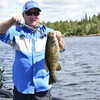
Cast Back for Giant Muskies
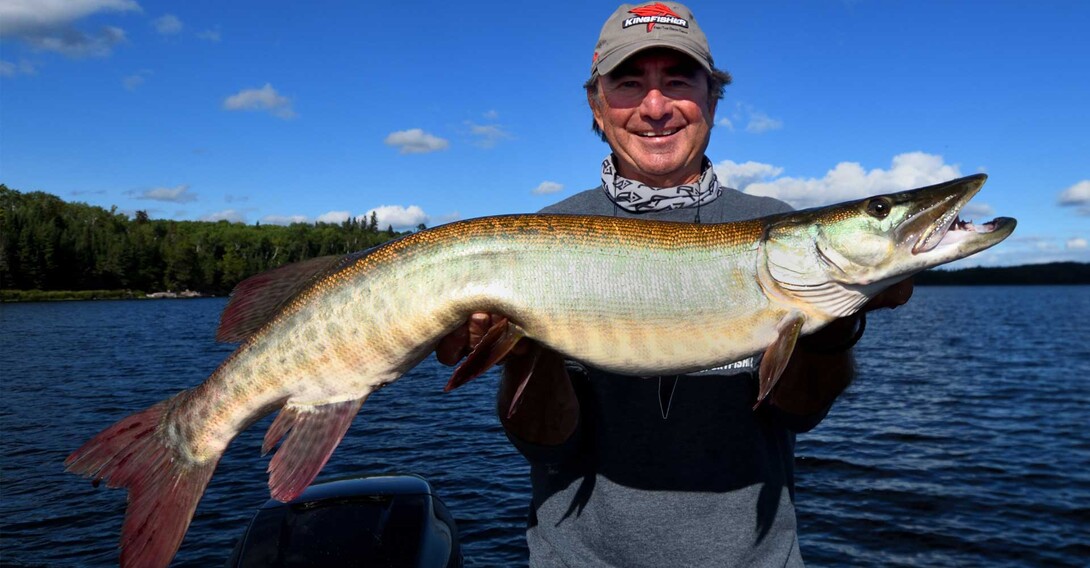
The days are getting warmer, the ice is melting, and we are thinking about the open water fishing season. I was talking with Charlene Snow the other day and what started out as a short catch-up conversation, quickly turned into a muskie marathon session. Charlene is the fun-loving general manager of Eagle Lake Island Lodge on Sunset Country’s renowned Eagle Lake and one of the most die-hard muskie anglers I know. Liam and I are headed to the lodge in August, so it was only natural that our conversation morphed into the many ways of catching the big toothy critters. Especially, the knee-knocking giants that follow our baits to the boat and then resist eating.

(Photo credit: Gord Pyzer)
As I mentioned to Charlene, some of the biggest muskies I’ve caught over the years have come on cast-back baits. These are the lures I like to throw after raising a big muskie, getting it to follow, but watching it slink away, out of sight, after I’ve done everything in my power to entice it to bite.
What a lot of muskie anglers don’t realize is that when you get a big fish to follow your lure, it is NOT inspecting it to find flaws. If it could do that — which it can’t — the three or four giant treble hooks hanging down, let alone the gaudy tinsel and florescent metal blades would be dead giveaways. Let’s be honest, they’re very simple animals with pea-sized brains. Highly tuned into their environments, for sure, but capable of reasoning? C’mon.
If this is the case, then, why do they follow our baits? They’re looking for positive cues — not negative ones — that tell them our wood, plastic and metal lure is actually food and worthwhile to bite. That is why cast-back baits are so deadly effective. Because the fish have already told us they’re interested, all we need to do is make a couple of subtle adjustments to trip their triggers. It’s also why I rarely — if ever — throw the same lure I used to raise the fish in the first place. I mean, it has already refused it once, why would I expect it to bite on the second go-around?
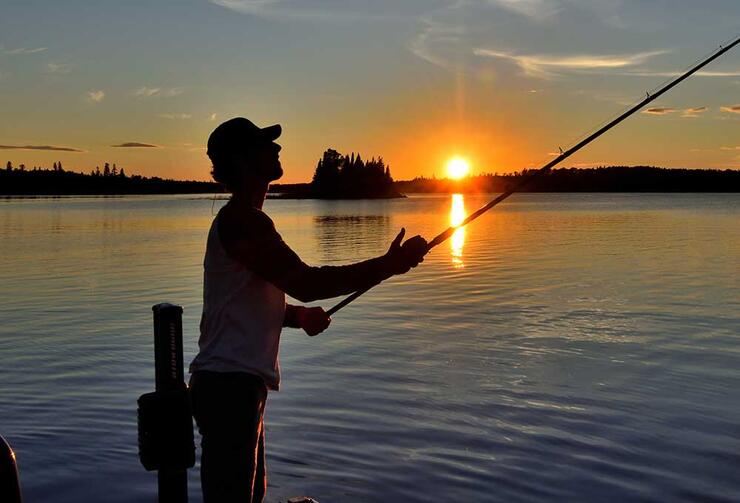
A nine-foot medium-heavy action muskie rod is ideally suited for cast-back baits. (Photo credit: Gord Pyzer)
Instead, my favourite cast-back baits are small and bright; and lures that I can retrieve briskly. One of my all-time favourites is a single silver-bladed white Mepps Musky Killer. Another is the Rapala Super Shad Rap. I can fire them out to the horizon — although I am careful to drop them in the kill zone — and retrieve them at breakneck speed, if that is what it takes to slay Goliath.

Any time you raise a muskie and it doesn’t bite, throw a cast-back bait to the very same spot. (Photo credit: Gord Pyzer)
Understand what I am saying? I rarely present a cast-back bait in a namby-pamby manner that is designed to tempt the fish into eating. Rather, knowing what it has already told me, I am going to provoke the bully — and hopefully enjoy the last laugh. It is like the muskie’s the neighbourhood tormentor and my cast-back bait is the skinny little kid wearing glasses. Only this skinny little kid has a black belt in karate.
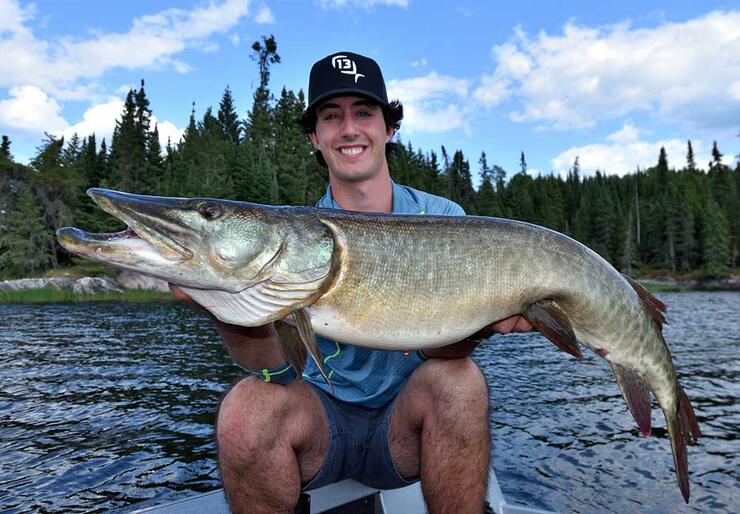
(Photo credit: Gord Pyzer)
I also like to throw all the cast-back baits on a nine-foot medium-heavy action muskie rod rigged with an 80-pound test braid and an 8- to 10-inch 130-pound test fluorocarbon leader. I am especially fond of the way the rod flexes and bends when I pin a big muskie and watch it wallow and shake its crocodile-like head halfway out of the water. The flex also keeps pinned any fish that nip at the bait and are lightly hooked.
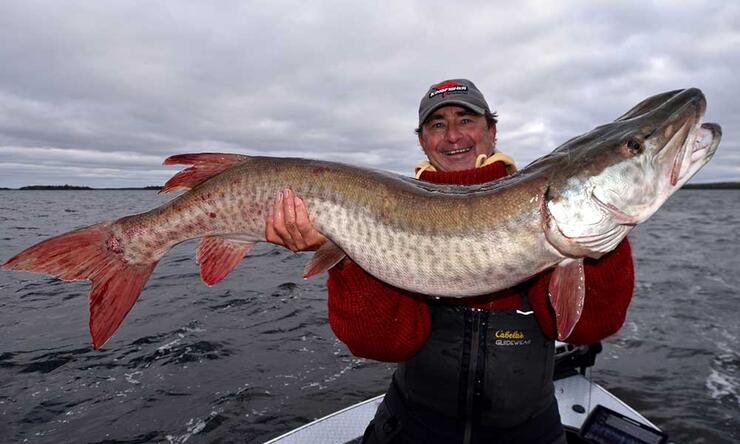
(Photo credit: Gord Pyzer)
Even if you’re short and find long rods more difficult to manoeuvre, keep one reserved for your cast back opportunities. You can pull back stealth-fully from the spot where you raised the big toothy critter and lob the lighter lure into the kill zone. And if you raise the fish and get it to follow a second time, you can manoeuvre the bait much more efficiently and effectively in figure-eight or oval. We’ve waited all winter for this moment, folks, so let’s get our muskie gear out of storage and our cast back rod rigged and ready for some exciting action.
Recommended Articles

Cast Into the Heart of a Walleye Paradise
Ontario Brook Trout

20 Years With Fish TV!

3 Great Ontario Walleye Destinations

Rainy Lake Bass Blast
Expanding Your Horizons

Talon Lake Lunge

Summertime Walleye

Miles Bay Camp
Fly Casting In The Wind
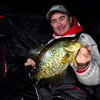
Ice Shelter Saviours

Top 5 Flies for Brook Trout

Speckle Splake Spectacular
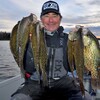
Bivins’ Bounce Crappies

Discover the 3 Best Bass Fishing Lakes in Ontario
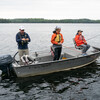
Making Fishing Memories
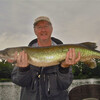
Fly Fishing in Ottawa

Topwater Bass Frenzy
Top Ranked Flies For Catching Brown Trout


